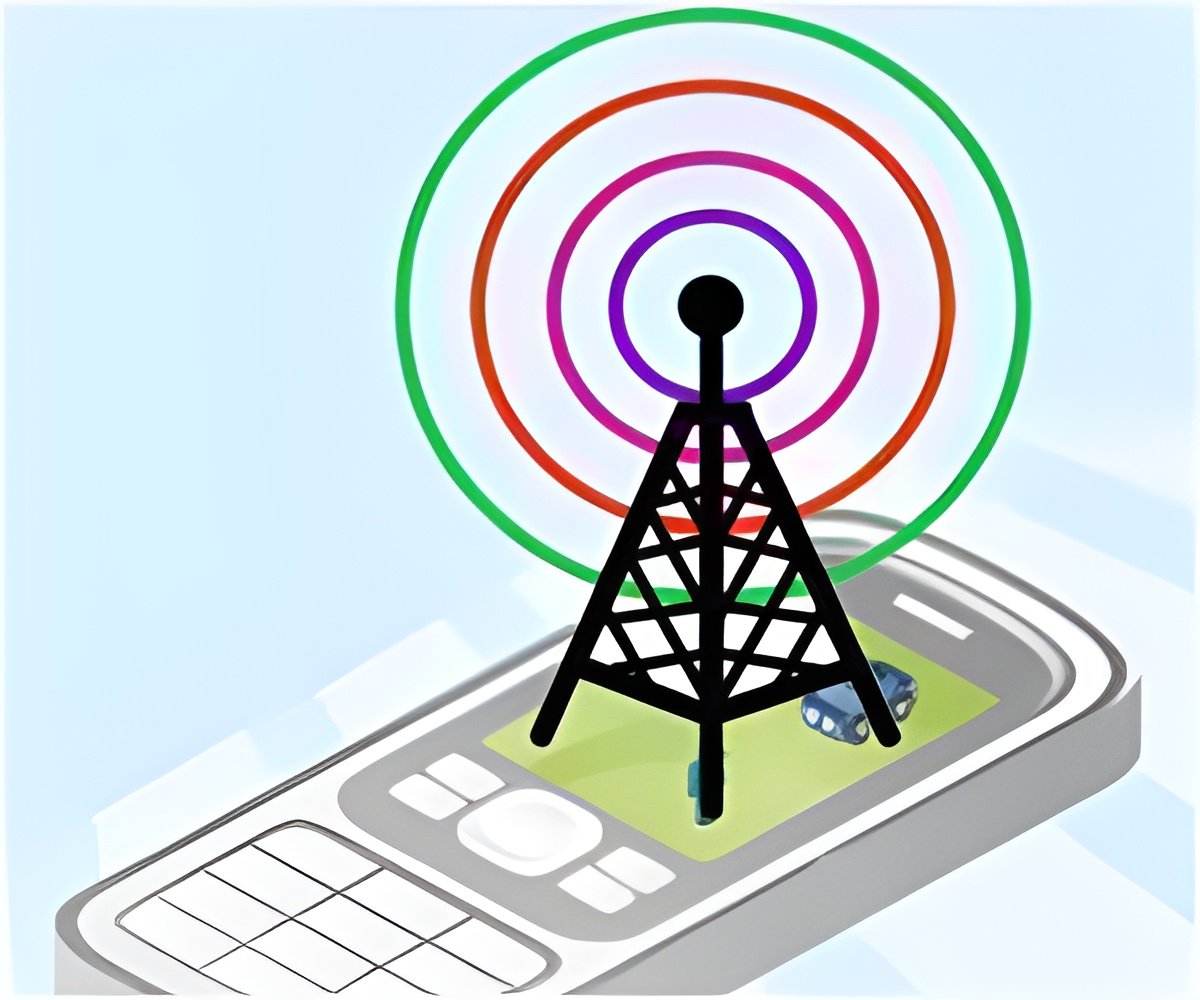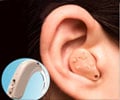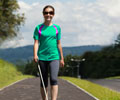University of Washington engineers are working on a tool which will be able to transmit American Sign Language over U.S cellular networks.

MobileASL optimises compressed video signals for sign language and delivering intelligible sign language at a data rate of 30 kilobytes per second.
It also uses motion detection to identify whether a person is signing or not, in order to extend the phones' battery life during video use.
Transmitting sign language as efficiently as possible increases affordability. It improves reliability on slower networks and extends battery life, even on devices that might have the capacity to deliver higher quality video.
"The field study is an important step toward putting this technology into practice," Riskin said.
Most study participants say sending text messages or e-mail is currently their preferred method for distance communication. Their experiences with the MobileASL phone are, in general, positive.
Josiah Cheslik, a UW undergraduate, said, "Texting is for short things, like 'I'm here,' or, 'What do you need at the grocery store?'"
"We want to deliver affordable, reliable ASL on as many devices as possible. It's a question of equal access to mobile communication technology," said Riskin.
Source-ANI
 MEDINDIA
MEDINDIA



 Email
Email







